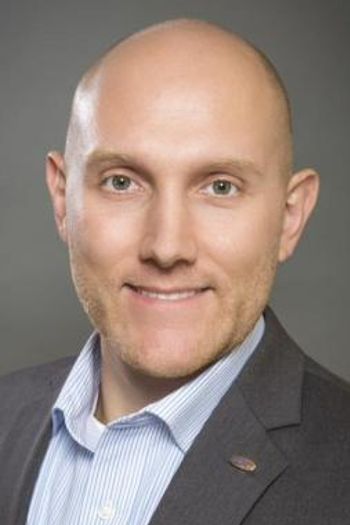
Ozempic more than doubles vision loss in patients with type 2 diabetes; permanent telehealth services for sleep medicine; bat feces used to fertilize cannabis leaves 2 dead from rare fungal infection – Morning Medical Update
Key Takeaways
- Ozempic use in type 2 diabetes patients more than doubles the risk of developing NAION, a rare optic nerve condition.
- The American Academy of Sleep Medicine supports permanent telehealth services for sleep medicine, citing their role in high-quality patient care.
The top news stories in medicine today.
Two independent studies from the University of Southern Denmark (SDU) by Jakob Grauslund, professor of ophthalmology, and Anton Pottegård, professor of pharmaceuticals, used different methods to investigate all Danish users of Ozempic. After examining all 424,152 Danes with type 2 diabetes, and all 106,454 Danes who use Ozempic to treat their condition, they confirmed a concern that Ozempic more than doubles the risk of the rare condition, non-arteritic anterior ischemic optic neuropathy (NAION), which can lead to severe and permanent loss of vision.
“Whereas we used to see between 60 and 70 cases of NAION per year, we are now seeing up to 150,” the researchers wrote in a
The American Academy of Sleep Medicine (AASM) has issued
Two men from Rochester, New York, have died of a rare fungal infection which they contracted from bat feces (guano), they had used—or planned to use—as fertilizer to grow cannabis. The men developed histoplasmosis, a rare form of pneumonia, after breathing in spores of a fungus known as Histoplasma capsulatum from the guano. Each year, roughly 1 to 2 per 100,000 people in the U.S. are infected with histoplasmosis, with only about 1% of people exposed to H. capsulatum develop symptoms, usually within three to 17 days following exposure, according to the
According to a report of their cases, published in the journal
Newsletter
Stay informed and empowered with Medical Economics enewsletter, delivering expert insights, financial strategies, practice management tips and technology trends — tailored for today’s physicians.








